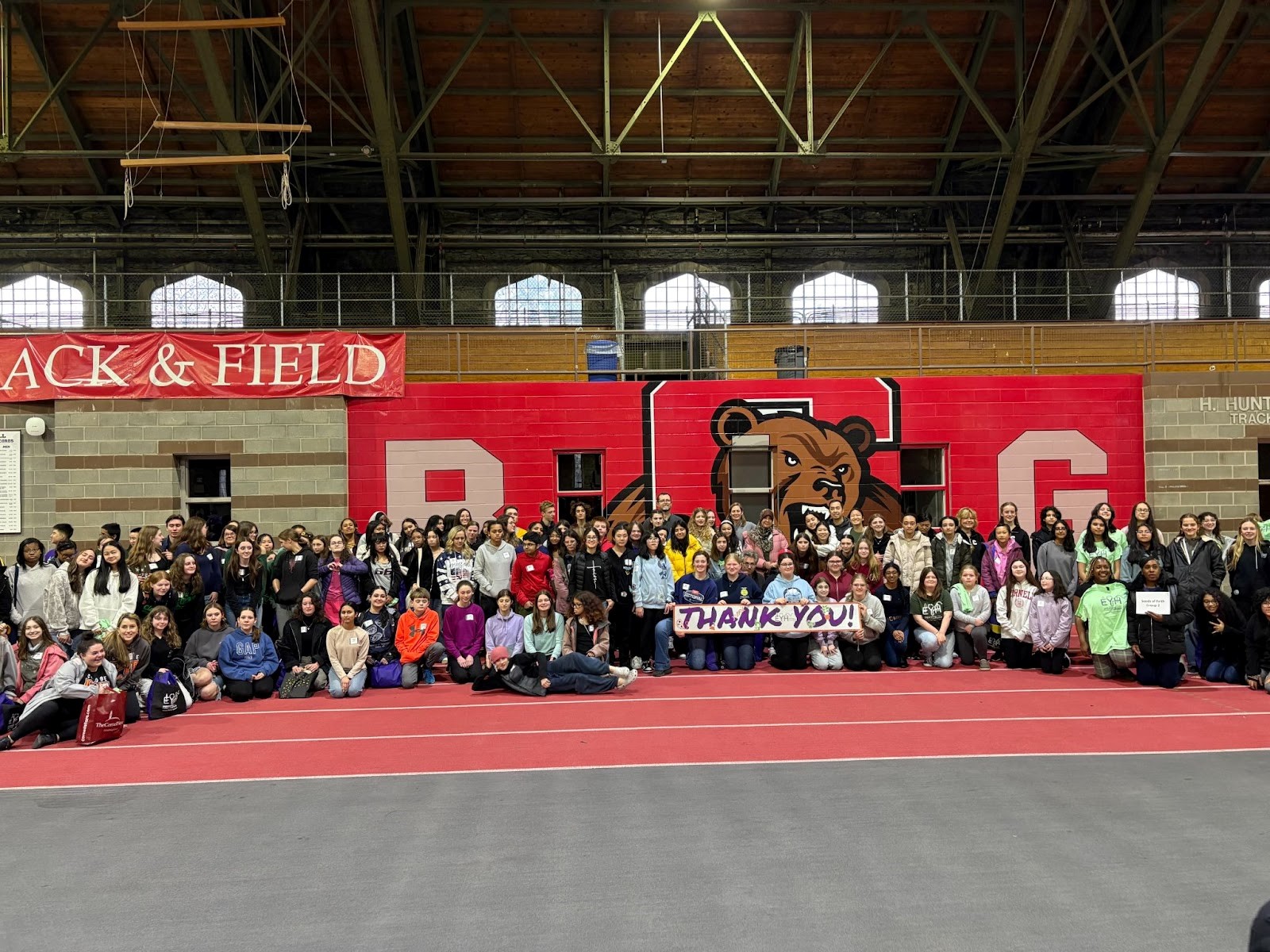A large number of CoRe labs are focused on the biology of the germ cell, using a variety of animal models from Drosophila melanogaster (Wolfner lab), to large animals (Ren lab), canine and feline species (Travis lab), to laboratory rodents (Schiment, Weiss, Smolka and others), naked mole rats (Place and Cohen labs), and humans (Cohen, Danko, Grimson and others). In mammals, the entire population of germ cells that will give rise to all the eggs and sperm for an individual’s lifespan originate early in embryogenesis from a small set of precursor cells that form at the border of the embryo proper and the extraembryonic portion of the developing conceptus. They migrate through the dorsal mesentery to the presumptive gonad where they undergo sex determination to begin their development into oocytes (female) or sperm (male). This fascinating process sees them proliferate rampantly, enter meiosis in a sexually dimorphic fashion, and then (for sperm) undergo a unique differentiation process to form the characteristic motile spermatozoa. CoRe members are involved in understanding the entirety of this process from the earliest primordial germ cell stage, through until ovulation, sperm entry into the female reproductive tract, and ultimately, fertilization.



